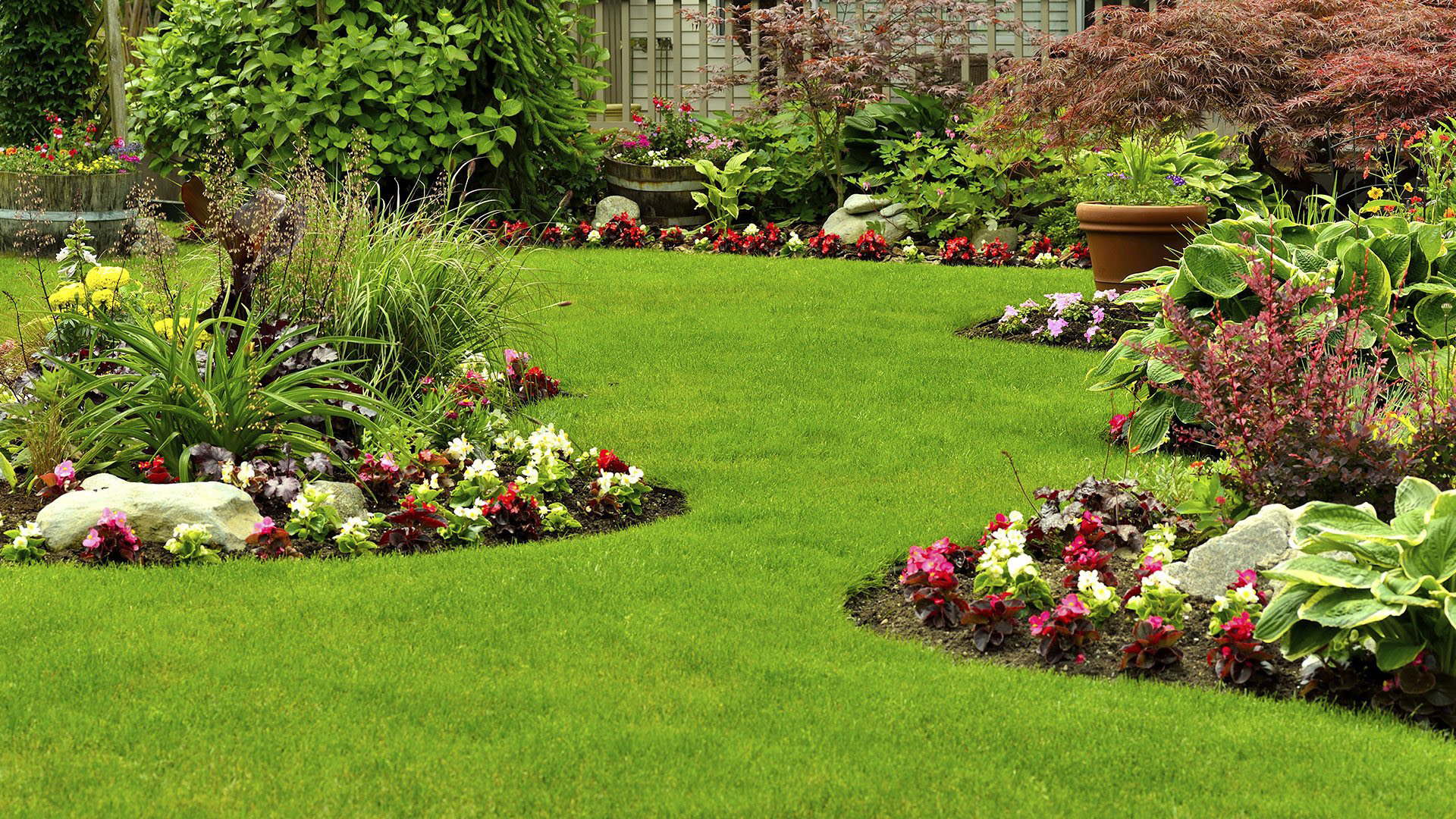Designing a commercial panorama includes cautious planning, consideration of various components, and adherence to particular targets and regulations. A well-designed industrial panorama enhances the performance, aesthetics, and general attraction of a industrial property. Here are the key steps to design a industrial panorama:
Assessment and Analysis:
Site Analysis: Begin by conducting a thorough website analysis. Evaluate the prevailing circumstances, together with topography, soil high quality, drainage, and present vegetation. Consider any environmental or regulatory constraints that will impact the design.
https://landscapingbarrowinfurness.co.uk/ and Goals: Understand the particular wants and objectives of the shopper or property proprietor. This includes considerations like branding, accessibility, upkeep requirements, and budget constraints.
User Considerations: Identify the primary customers of the space, whether they're clients, workers, visitors, or residents. Consider their needs, preferences, and the way the landscape will serve their necessities.
Concept Development:

Functional Layout: Develop a practical layout that defines the arrangement of outside spaces, pathways, parking areas, and other key parts. Ensure that the structure aligns with the supposed use of the property.
Aesthetics and Style: Consider the desired aesthetic fashion and branding of the business property. Choose landscaping parts and design options that complement the general architectural design and branding identity.
Sustainability: Incorporate sustainable design rules, similar to water-efficient landscaping, native plant choice, and eco-friendly supplies, to scale back environmental impression and useful resource consumption.
Accessibility: Ensure that the landscape design complies with accessibility standards and laws, providing equal entry to all users, including those with disabilities.
Plant Selection and Hardscape Design:
Planting Design: Select acceptable plant species and varieties primarily based on local local weather, upkeep necessities, and aesthetic preferences. Consider elements like shade, texture, and seasonal interest.
Hardscape Elements: Design hardscape options corresponding to walkways, patios, seating areas, signage, lighting, and irrigation techniques. Ensure that hardscape materials are sturdy and suitable with the design aesthetic.
Lighting Design: Develop a lighting plan that enhances security, safety, and aesthetics. Use a combination of ambient, process, and accent lighting to focus on key parts and pathways.
Stormwater Management:
Incorporate stormwater management options similar to permeable pavements, rain gardens, bioswales, and detention basins to manage rainwater runoff successfully and reduce environmental impact.
Sustainability and Maintenance:
Select low-maintenance landscaping options and supplies to reduce ongoing repairs prices and reduce the necessity for frequent upkeep.
Develop a upkeep plan that outlines common tasks, schedules, and responsibilities for maintaining the panorama, together with pruning, watering, fertilizing, and pest management.
Cost Estimation and Budgeting:
Prepare an in depth price estimate for the whole landscaping challenge, together with development, materials, labor, and ongoing upkeep. Ensure that the price range aligns with the consumer's financial constraints.
Regulatory Approvals:
Check local zoning codes, building rules, and environmental ordinances to ensure compliance with authorized necessities. Obtain any essential permits or approvals before starting development.
Construction and Installation:
Hire certified contractors and oversee the construction process to make sure that the design is applied appropriately. Monitor quality control and challenge progress.
Post-Construction and Ongoing Maintenance:
After development, conduct a last inspection to verify that the panorama design has been executed according to the plan.
Implement the maintenance plan to make sure the long-term health and look of the business landscape. Regularly evaluate the panorama's performance and address any points promptly.
Feedback and Adjustments:
Gather suggestions from users, property owners, and upkeep employees to identify areas for enchancment. Make changes and enhancements as needed to fulfill evolving needs and preferences.
Designing a business panorama is a multifaceted process that requires experience in landscaping, structure, and project administration. Engaging with a professional landscape architect or designer might help ensure that the final design aligns with the client's goals and meets all necessary necessities..
